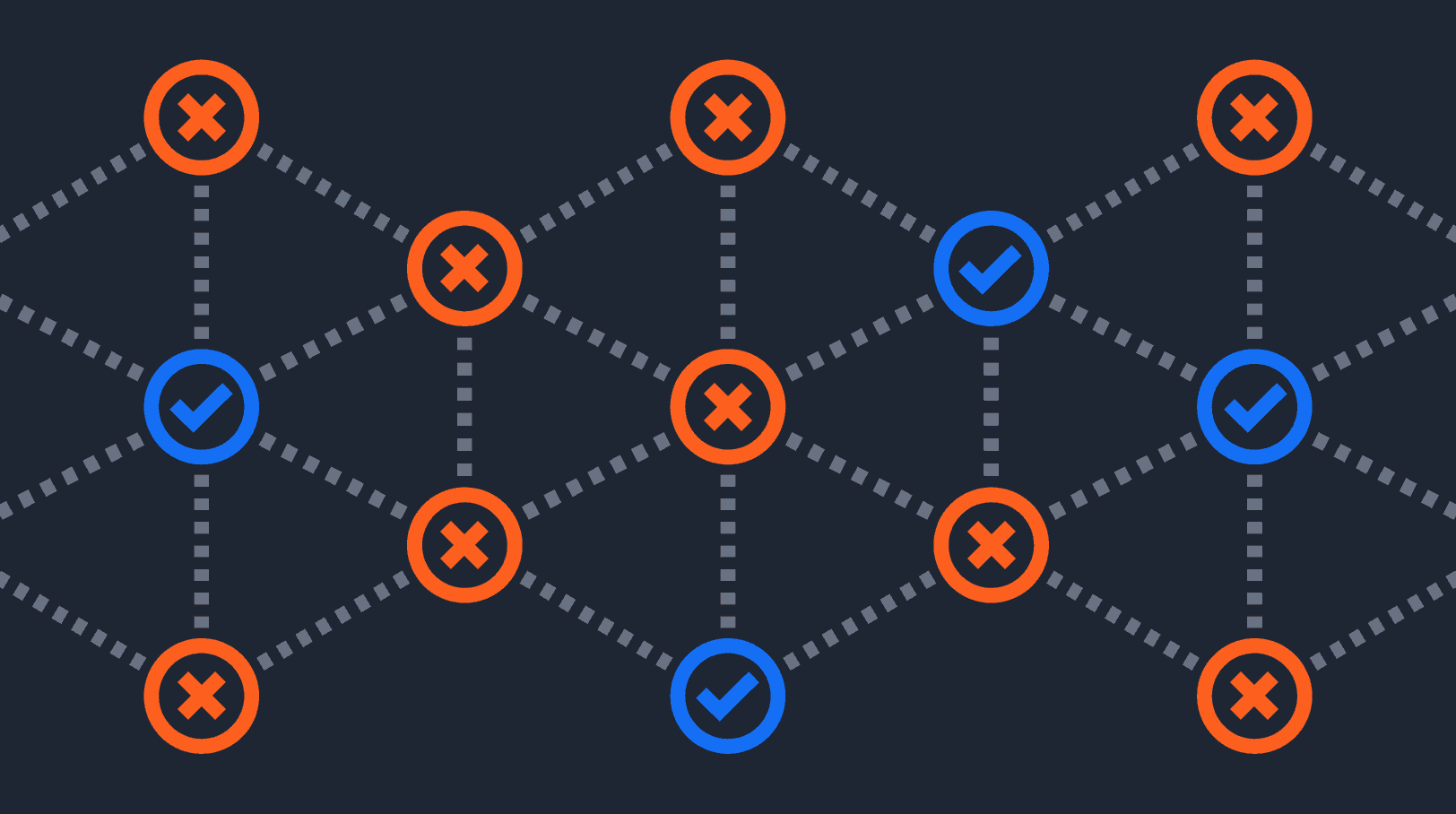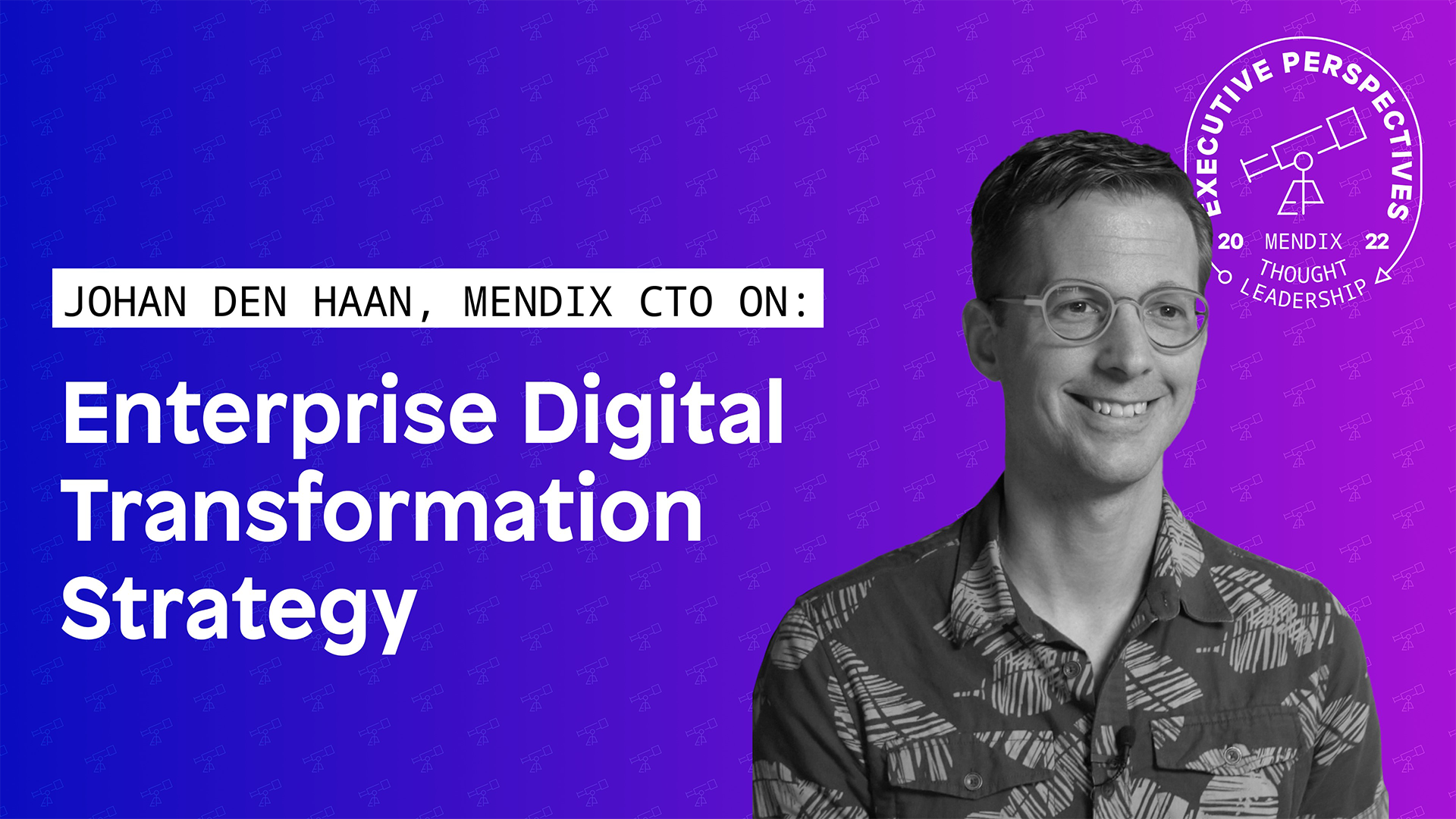Why Do 70% of Digital Transformations Fail?

Nothing is certain in this world except for death, taxes, and digital transformation.
Global market spending for digital transformation technology and services will reach $3.9 trillion dollars by 2027 — even when 70% of projects fail to meet objectives.
Every organization will inevitably embark on its own unique digital transformation. But how do you make sure that you’re making the right investments? How do you avoid becoming part of the 70% failure rate?
The 3 main reasons why digital transformations fail
1. There’s no change management strategy
Digital transformation projects fail when there is no change management strategy.
A change management strategy is a structured process that helps people understand and embrace business changes.
When organizations follow a change management strategy, they are 7x more likely to meet their digital transformation goals. But as we see by the high rate of failure, most projects start off on a different track, most commonly with one of the two following mistakes.
2. Assuming digital transformation is an IT task
Digital transformation is not just a task for IT. Yet, this mindset is one of the biggest reasons why projects fail.
From digitalizing HR operations to automating the shop floor, organizations tend to put all of their focus on the IT department.
This inevitably leads to quick, costly investments in disparate technologies that end up making the digital transformation process more difficult (and expensive) to execute.
Try this instead
Let’s say you need to digitalize the HR department. Your first impulse might be to reach out to IT to inquire about a new software solution or to add the project to their ever-growing backlog for internal development.
Instead, address the problem you’re trying to solve on a holistic level, ideally through the lens of the four Ps of digital transformation:
- People: Who should be involved in the project? Create a cross-functional team of developers, stakeholders, business users, and anyone who can bring value.
- Portfolio: How will this project fit into your portfolio of software solutions?
- Process: How will this project affect user experiences? What other areas of the organization will be impacted?
- Platform: What technology do you need to facilitate digitalization? This is where you can focus on exploring your options.
3. Doing too much, too fast, all at once
Digital transformation doesn’t happen overnight. Patience is a virtue, and it’s needed for success. But stakeholders, leaders, and customers expect to see fast results that prove your efforts are worth the investment.
This puts teams under immense pressure to deliver organization-wide solutions quickly, which can lead them to take on too many projects at once.
Try this instead
Instead of having teams work on multiple complex projects all at once, prioritize tasks by taking an Agile approach.
The methodology involves working on a specific business case first, followed by feedback, experiments, iterations, and delivery.
For example, the business case in the HR department scenario might involve automating time-off requests. This is a simple process update that can show fast results. It also gives stakeholders and other users the ability to test and provide feedback on the solution in development. The Agile approach relies on feedback and continuous improvements, which can make it easier to get people on board with your project.
How to plan a digital transformation
Before you get started, you need to understand your organization’s digital maturity level.
A digital maturity assessment looks at your technology, people, culture, and processes and measures your ability to execute a digital transformation strategy. You can use Mendix’s Digital Maturity Assessment tool to gauge your readiness.
There are four areas of digital transformation that influence your digital maturity:
- Legacy systems
- Operational processes
- User experiences
- Business models
Look at these areas in parallel for a clear understanding of what your digital transformation needs to deliver.
1. Legacy systems and applications
What is the state of your core systems and applications? Are they functioning as they should, or is it time for legacy modernization?
For many organizations, outdated systems and tools are usually catalysts for digital transformation. Depending on your digital transformation goals, you may not need to replace your legacy systems all at once — or even replace them at all.
There are various levels of legacy modernization, and every approach should be specific to the organization. Here are examples of what legacy updates can be made with a low-code development platform:
- Build modern apps and functionality on top of your systems
- Create new core applications and migrate away from your legacy systems
- Make piece-by-piece updates starting with key components, and slowly sunset your antiquated tech
2. Operational processes
Where can you increase efficiency to show early results? Are there manual processes that can be digitalized or workflows that can be optimized?
Think of areas where your organization can benefit from process improvements. Maybe that includes automating manual workflows, like converting an Excel spreadsheet into an app or using intelligent automation to make fundamental changes to how your teams work.
3. User experiences
Digitalizing and improving customer experiences is one of the main reasons why businesses start a digital transformation. Expectations evolve and customers want seamless and connected experiences whether they’re on the go, using a mobile device, or behind a laptop.
Consider how you currently engage with customers. What do these experiences look like from their point of view? Can prospects, customers, and vendors easily interact with your company? Are there opportunities to digitally transform or improve your current experiences or introduce new ways to interact?
4. New business models
With digital transformation comes efficiency improvements across the organization and opportunities to change parts of your business models for the better.
A perfect example is WRSTBND (Solomon Group), an entertainment production company that digitalized backend processes and customer experiences with Mendix. After process improvements all around, WRSTBND innovated a solution to manage venue capacity issues by integrating a Mendix app with IoT-enabled turnstiles.
This provides real-time data on the number of people entering and exiting, as well as total capacity availability. The first event to utilize this increased ticket sales by 50%.
Watch: Digital transformation tips from Johan den Haan

Change your focus to change your outcome
To recap: Digital transformation is not an IT-only task that can be accomplished in a few weeks. It’s an ongoing evolution that relies on the right people, the right platform, and, most importantly, the right change management strategy.
With these in your focus, your chances of success are higher, and opportunities are endless.
For more on how to tackle your digital transformation, download the Digital Execution Manual.
